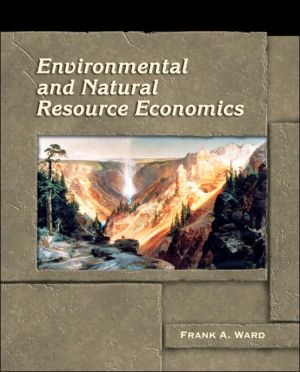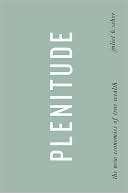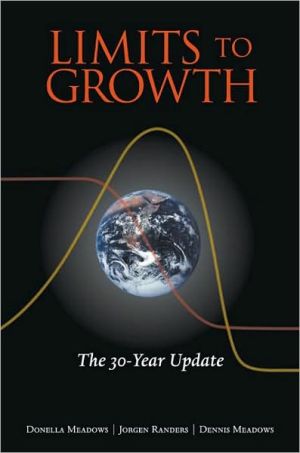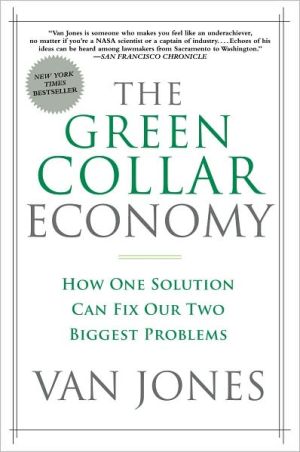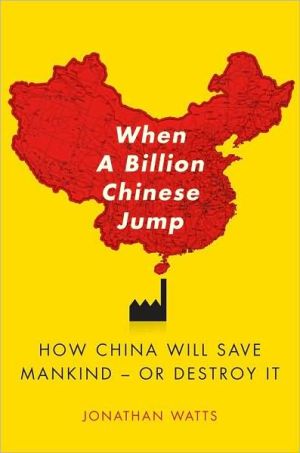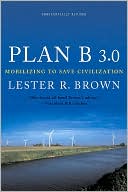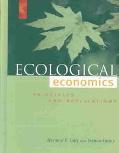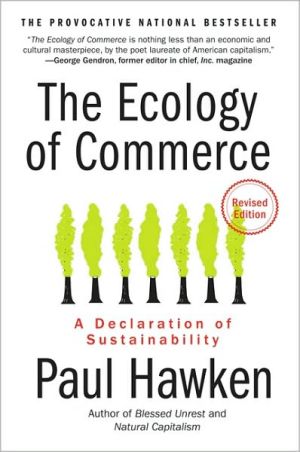Environmental and Natural Resource Economics
The aim of this book is to provide an introduction to environmental and natural resource issues and to describe economic theories and methods used by experts working in the field. Case Studies Comprehensive treatment of a wide range of environmental and natural resource issues.A real life introduction to each chapter engages the reader in the application of the topic at hand.Unique chapter on environmental justice. Consultants or other professionals who works with economic analysis of...
Search in google:
The aim of this book is to provide an introduction to environmental and natural resource issues and to describe economic theories and methods used by experts working in the field.Case Studies Comprehensive treatment of a wide range of environmental and natural resource issues.A real life introduction to each chapter engages the reader in the application of the topic at hand.Unique chapter on environmental justice.Consultants or other professionals who works with economic analysis of environmental policy.
Preface\ Few modern issues have so dramatically influenced consumer decisions, personal lifestyles, corporate planning, and public policy as environmental and natural resource problems. The years since 1970 have seen changes in product design and packaging, corporate investments, personal career and lifestyle choices, government tax policies, and emerging technologies to name but a few because public and private decisions are now shaped by environmental and natural resource issues.\ With this book, I hope to bring those of you starting your study of environmental and natural resource economics close to today's exciting policy issues and introduce you to the theories and methods of analysis that economists use to approach these issues. This book shows you how economic tools, such as benefit-cost analysis, can be used to understand a wide range of real environmental and natural resource problems. The tools of economists can help design practical policy solutions to environmental problems. They also can contribute to public debate about complicated and emotional environmental issues by providing a framework that is universal, rigorous and testable.\ This book is intended to be readable by students who have completed one semester of microeconomic principles, but it also will engage students with a wider economics background. The aim of the book is to provide an introduction to environmental and natural resource issues and to describe economic theories and methods used by experts working in the field.\ Graphs, tables, and numerical examples are included to reinforce the principles presented in the text. No mathematics beyond simple algebra is required. All mathematics beyond algebra (e.g., calculus) is relegated to footnotes and appendixes. Most chapters have several numbered examples that present current, real-life examples for research and policy applications of the economic principles discussed in the chapter. Each chapter ends with questions that provide an opportunity to apply the chapter's material through class discussion, personal reflection, and exam preparation. The appendixes at the end of the book include advanced quantitative methods of analysis.\ The topics and structure of this book encourage its use for a variety of course work. All of the chapters could find a place in an upper division environmental economics course. Some chapters could be a source for graduate student or others who wish to pursue more specialized research interests. There may be more material in this book that can be cover well in one semester. The additional information opens up options for selecting topics that best cover the interests, expectations, and backgrounds of instructors and students. For example, a one-semester course in environmental economics could be organized around Chapters 1 - 7 and 14 - 19. If a brief introduction to natural resource economics is desired, Chapter 8 and/or 12 could be added. A one-term course in natural resource economics could cover Chapters 1- 6 and 8 - 13. An introduction to environmental economics could be accomplished by adding Chapter 7 and/or Chapter 16.\ This focuses on environmental and natural resource policy. It presents a considerable amount of economic theory, methods, and data for the purpose of gaining a better insight into policy solutions. Although this is an economics book, it is not limited to economics. Economics is not a stand-alone discipline; rather, other disciplines complement the ability of economics to sharpen our understanding pf policy issues. The disciplines of biology, the physical sciences, law, history, political science, and philosophy are introduced where their insights enhance the power of economics in confronting policy problems. In some cases, combining other disciplines with economics presents contrasting views of a problem, focuses a policy debate, or suggests competing hypotheses in the search for policy solutions.\ Chapters begin with a background incident or example that motivates and introduces the economic theories, methods of analysis, and policy questions that follow. Each chapter has a short section of clearly stated chapter goals. Relevant economic principles are introduced as a resource for posing questions, testing and supplying theories, understanding policy debates, and posing future questions. Footnotes are included to cover advanced or specialized treatment and to encourage students to pursue their own reading or research. Current methods of analysis, data sources, and ongoing studies are presented. Policy debates are analyzed along with unanswered questions posed by those debates. References to the current literature are open and transparent.\ This book is optimistic. It presumes that past gains in environmental protection and natural resource management will be maintained and that future gains are both desirable and possible. There is little future in pessimism. Students are eager to understand how economics concepts, like markets, can explain and address environmental and natural resource problems. The text is pro-environment and it also emphasizes the role of profit incentives in promoting the cooperation of business in protecting the environment and ensuring adequacy of natural resource supplies.
Ch. 1Approaching economics1Ch. 2Economic thinking14Ch. 3Economic theory35Ch. 4Institutional breakdown69Ch. 5Decision support for environmental policy92Ch. 6The discount rate127Ch. 7Valuing the environment150Ch. 8Forests189Ch. 9Rangelands225Ch. 10Water258Ch. 11Food296Ch. 12Fisheries333Ch. 13Energy356Ch. 14Population396Ch. 15Climate change418Ch. 16Environmental quality and pollution445Ch. 17Environmental risk491Ch. 18Environmental justice526Ch. 19Sustainable development546
